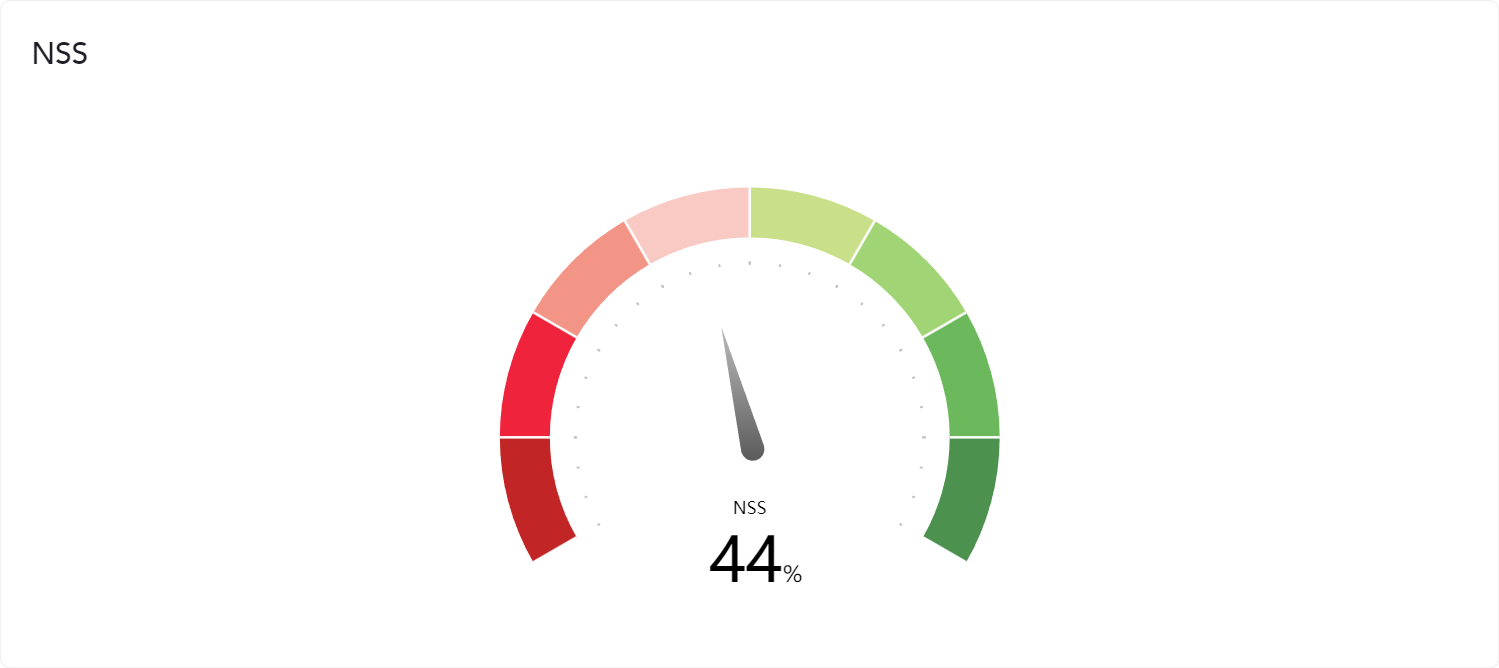In today’s fast-paced, digitally connected world, a brand’s reputation can make or break its success. But how do you measure how people really feel about your business? That’s where how to improve sentiment score comes in. Think of it as your brand’s emotional thermometer, gauging whether customers are singing your praises or whispering complaints behind closed doors.
Improving your sentiment score isn’t just about damage control—it’s about fostering genuine relationships with your audience and turning occasional buyers into lifelong advocates. In this guide, we’ll dive into actionable steps, proven strategies, and cutting-edge tools to help you elevate your sentiment score and create a brand customers can’t stop talking about. Ready to transform your reputation? Let’s get started!
How to Improve Sentiment Score? Key Strategies for Boosting Customer Perception

What is Sentiment Score?
Sentiment score measures the positivity or negativity of your audience’s perception of your brand. It’s crucial for evaluating customer satisfaction, identifying areas for improvement, and maintaining a solid reputation.
- Positive Sentiment: Happy customers leave favorable reviews, boosting scores.
- Negative Sentiment: Dissatisfied customers express frustrations, lowering scores.
Why is Sentiment Score Important?
- Influences Customer Loyalty: Positive scores build trust and long-term relationships.
- Impacts Brand Reputation: Higher scores signify a credible and customer-friendly brand.
- Drives Revenue: Satisfied customers spend more and recommend your brand.
How is Sentiment Score Calculated?
Most tools calculate sentiment using algorithms that assign numerical values to text-based feedback. For example:
- Positive words = +1 (e.g., “amazing,” “happy”)
- Negative words = -1 (e.g., “terrible,” “disappointed”)
- Formula: (Total Positive Scores – Total Negative Scores) / Total Feedback
| Feedback | Sentiment Value |
|---|---|
| “Loved the product!” | +0.8 |
| “Too slow delivery.” | -0.6 |
| Overall Average | +0.2 |
Steps to How to Improve Sentiment Score
Step 1: Monitor Feedback Proactively
Keep a close eye on what customers are saying. Here’s how:
- Use Surveys and Reviews: Tools like AIM Research or Google Forms collect customer opinions.
- Social Media Listening: Monitor mentions and comments with platforms like AIM Insights or Sprout Social.
- Set Alerts: Google Alerts can notify you of brand mentions in real-time.
Tip: Track feedback weekly to spot trends early.
Step 2: Improve Communication Tone
Customers appreciate respectful, empathetic, and professional communication.
- Adopt a Friendly Tone: Use phrases like, “We understand your concerns.”
- Avoid Defensive Language: Instead of, “This isn’t our fault,” say, “Let’s resolve this together.”
- Show Gratitude: Thank customers for their feedback, regardless of tone.
Step 3: Enhance Responsiveness
Quickly addressing complaints can prevent negative reviews from escalating.
- Set Response Time Goals: Respond within 24 hours.
- Use AI Chatbots: Automated tools can answer FAQs immediately.
- Train Customer Support Teams: Empathy training helps your team handle complaints effectively.
Step 4: Focus on Product or Service Quality
Good sentiment begins with good products.
- Identify Common Complaints: Use tools like AIM Insights to analyze recurring issues.
- Iterate Based on Feedback: Make improvements to address pain points.
Step 5: Engage Customers Proactively
- Personalized Interactions: Greet customers by name in emails or chats.
- Request Feedback Regularly: Engage through polls or email surveys.
- Host Q&A Sessions: Use platforms like Instagram Live to answer queries in real-time.
Leveraging Technology to How to Improve Sentiment Score
Comparison Table: Top Sentiment Analysis Tools
| Tool | Key Features | Best For | Pricing |
|---|---|---|---|
| AIM Insights | AI-powered sentiment tracking | Medium to large businesses | Custom pricing |
| Hootsuite | Social media monitoring | Social media teams | Starts at $19/month |
| Sprout Social | Comprehensive analytics | Small businesses | Starts at $249/month |
| Google Alerts | Real-time brand mentions | Basic monitoring | Free |
How Technology Helps:
- Automates Feedback Analysis: Tools process large volumes of data quickly.
- Provides Insights: Understand customer emotions to refine strategies.
- Saves Time: AI-driven platforms reduce manual effort.
Measuring Progress
Set Key Performance Indicators (KPIs):
- Sentiment Score Goals: Aim for +0.7 or higher.
- Customer Satisfaction Scores: Target a CSAT score above 80%.
- Response Time: Keep response time under 24 hours.
Analyze Results Regularly:
- Compare sentiment scores across months.
- Evaluate the effectiveness of new strategies.
- Identify patterns in feedback for future improvements.
Conclusion
How to improve sentiment score is a journey that requires constant effort. By monitoring feedback, enhancing communication, and leveraging cutting-edge technology, you can build a brand that customers love. Remember, each small interaction contributes to the bigger picture of customer satisfaction.
To see how sentiment analysis can transform your business, request a demo from AIM Technologies today. Our advanced tools and insights will help you elevate your customer relationships and take your brand’s reputation to the next level. Don’t wait—discover the power of data-driven decisions now!
FAQs
- What is a good sentiment score to aim for?
Aiming for a sentiment score above +0.7 indicates a strong positive perception. - How often should I track sentiment scores?
Weekly or monthly tracking ensures you stay updated on changes. - What’s the role of AI in improving sentiment scores?
AI analyzes data faster, identifies trends, and suggests actionable insights. - Which industries benefit most from sentiment analysis?
Industries like retail, hospitality, and tech see significant benefits. - Are there budget-friendly sentiment tools?
Yes, tools like Google Alerts is free options for beginners.




